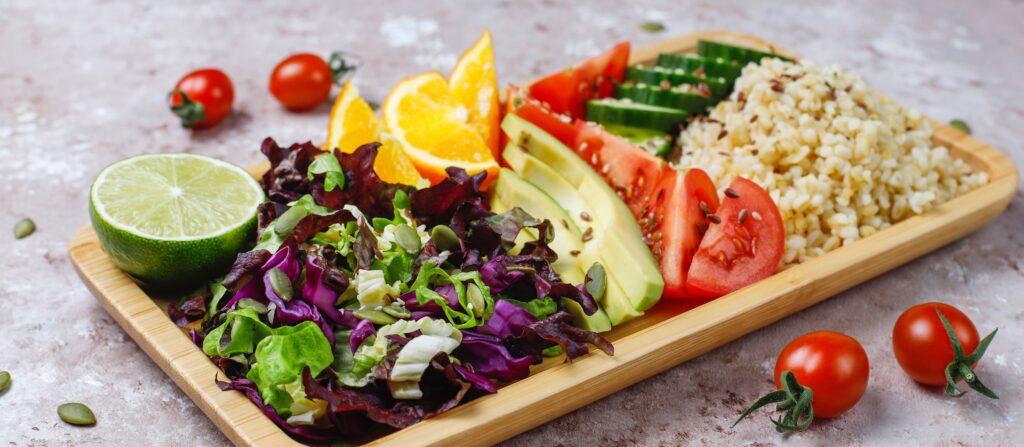Learn to Compensate!
Humans are social animals. There are continuous social occasions in our lives that we “must” go to. Birthdays, a housewarming, dining out with friends, family visits, a night at the pub, the holidays throughout the year, on a date with your partner, children’s parties, and the list goes on and on. We often link good food and (alcoholic) drinks to these events. Usually these things are high in calories. We also often eat and drink way too much on such social occasions. And of course that should all be possible. But not all the time. And not always in the amount you might want. There are several ways to learn to compensate.
An example:
You know you’re going out for dinner with some friends. You really don’t want to think too much about how many calories you can eat tonight. There will be fries and most likely several glasses of wines or beers. But you also want to achieve your goal to lose 2.5 pounds before the summer. How can you make sure that you can go out to eat without any guilt and that you can still achieve your goal?
This is context dependent. There are, of course, big differences between people. If you can normally eat 2000 calories to maintain your weight, it may be more difficult to compensate than if you can eat 3000 calories to maintain your weight. But even this depends on, for example, how hungry you are. Nevertheless, it is often a lot more difficult for short women to lose weight and to compensate than for large men.
Ask yourself the following questions:
1. What do I eat for the rest of the day?
2. Can I eat less during the day to save calories for the evening?
3. What am I drinking today?
4. Can I mainly opt for zero-calorie or low-calorie drinks?
5. Can I replace my snacks or not it eat today?
6. How do I do that without getting too hungry?
7. What ‘volume food’ snacks do I add?
8. Can I save some calories the day before?
9. Can I save some calories the day after?
By tactically answering and acting on these questions, you can compensate for the larger amounts of calories you will eat in the evening with calories that you would otherwise have eaten the rest of the day, the day before or the day after.
What would such a day look like?
Of course, this is again very dependent on how heavy, active, old, etc, you are. Here is an example of how you could plan your day.
The morning:
9 oz of soy quark, a variant high in proteins and low in calories. Add 3.5 oz (warmed, frozen or fresh) blueberries, raspberries or strawberries.
Snack:
Four thin crisp crackers with chicken breast + 7 oz of carrots (or bell pepper, cucumber, radishes, etc.).
The afternoon:
A large salad with various vegetables in it, 3.5 oz of carpaccio and a light dressing such as a vinaigrette of oil, water, salt and pepper. Do not add too much cheese, croutons or seeds because they contain a lot of calories.
Snack:
A small 5 oz bowl of soy quark and an apple.
Continue to drink throughout the day, but without calories, such as water, tea or calorie-free soft drinks. With this schedule you eat about 1000 calories and you could still spend over 1000 calories on dinner. That’s enough to not worry too much about it, even if you have a weight loss goal. You still have four eating moments and you really don’t go hungry, because you have selected all volume food products. Even if you have an extra appetite, you can easily add some extra vegetable snacks or berries.
